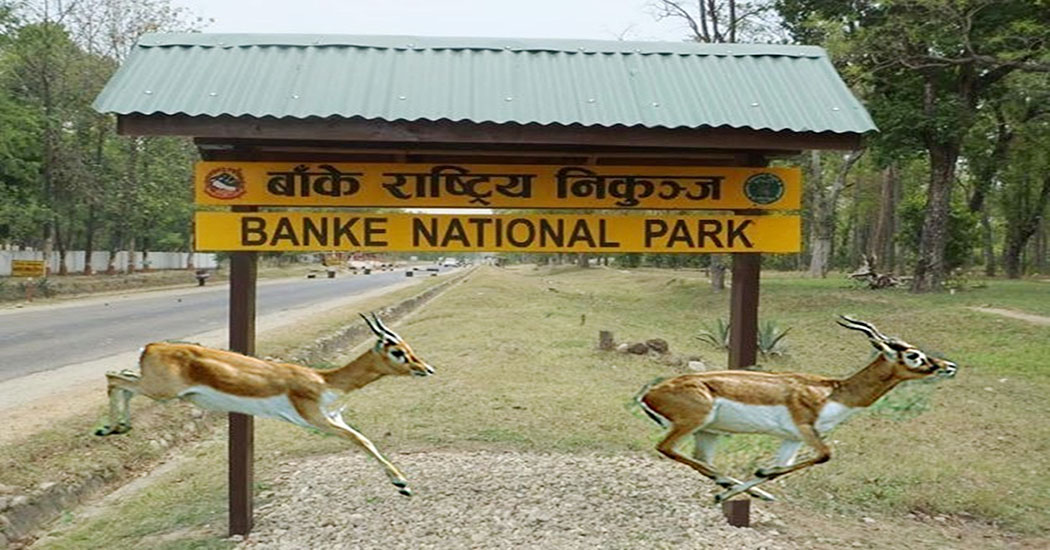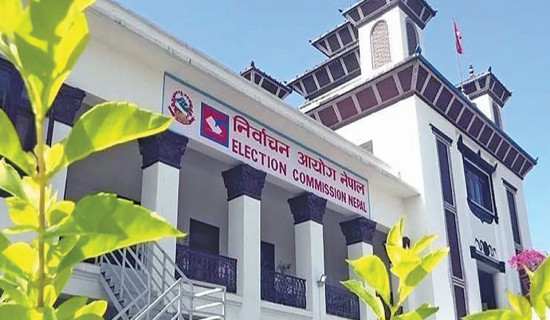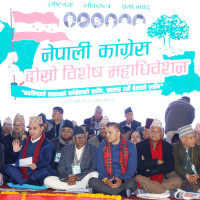- Tuesday, 13 January 2026
Banke National Park charts plan to lure visitors
By Siraj Khan,Nepalgunj, Jan. 8: Banke National Park, the country’s youngest national park established for tiger conservation, has formulated a roadmap to lure more local and foreign tourists.
According to Manoj Kumar Shah, the Chief Conservation Officer of Banke National Park (BaNP), a strategic plan to attract tourists has been prepared and put into action a decade after the establishment of the park.
He said, "We are transforming BaNP into a park that people are eager to visit, and we expect a substantial increase in the number of tourists."
Shah said that efforts are underway to work as per the roadmap, focusing on enhancing tourism infrastructure and improving facilities provided by homestays. Boating in the Rapti River, jungle safaris, footpaths, and elephant safaris are all aimed at attracting more visitors.
He revealed plans to immediately implement initiatives for the improvement and management of tourist activities, forest trails, water facilities and grassy fields starting from the upcoming fiscal year.
The National Park has consistently worked to increase the number of tigers and their prey species, organise grasslands and construct water ponds and fire lines. Along with tigers, there are plenty of rare four-horned Antelopes in the park.
According to the park office, the BaNP boasts over 422 species of animals, encompassing 34 species of mammals, of which 11 are considered rare.
The park is also home to 300 species of birds, including 50 rare species, 24 reptiles, including two rare species, and 55 species of fish, featuring five rare species. The park spans across the Tarai, Bhawar, and Chure regions, encompassing all three types of climates and vegetation. The Chure Hills within the park offer significant potential for tourist activities.
Feasibility studies have been conducted for organising activities such as boating, viewing the sunset and rafting in the Rapti River in the Agaia area of the park. In support of these initiatives, various skill-based training programmess have been carried out for the locals.
Likewise, the park has developed packages for elephant safari, jungle safari, and trekking in the vicinity of Ovari. A view tower has been constructed in Giddenichaur, to observe the forest area, providing opportunities for walking and jungle safari.
Krishna Lal Chaudhary, the pioneer in developing the Gabar area connected to the park as a tourist destination, said that around 25,000 domestic and international tourists visit the Gabar area annually. He said, “Efforts to connect these areas to the park are going on.”
The Gabar Valley is being developed as a homestay area. A blend of Tharu, Mugali and Humli cultures can be found in Gabar.
As there is a park area around it, this area is becoming a destination for domestic tourists for hiking and observing wildlife.



-original-thumb.jpg)
-square-thumb.jpg)











